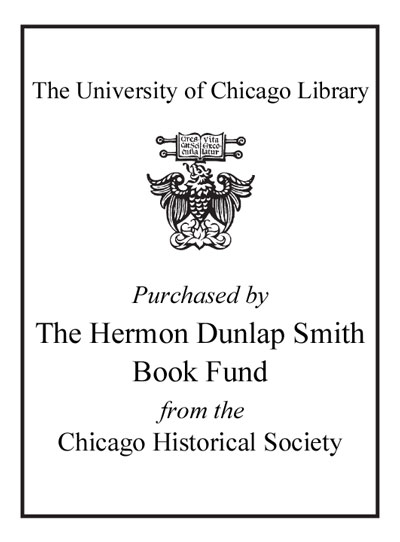| Summary: | "From the slot machine trust of the early 1900s to the prolific Prohibition era bootleggers allied with Al Capone, and for decades beyond, organized crime in Chicago Heights, Illinois, represented a vital component of the Chicago Outfit. Louis Corsino taps interviews, archives, government documents, and his own family's history to tell the story of the Chicago Heights "boys" and their place in the city's Italian American community in the twentieth century. Debunking the popular idea of organized crime as a uniquely Italian enterprise, Corsino delves into the social and cultural forces that contributed to illicit activities. As he shows, discrimination blocked opportunities for Italians' social mobility and the close-knit Italian communities that arose in response to such limits produced a rich supply of social capital Italians used to pursue alternative routes to success that ranged from Italian grocery stores to union organizing to, on occasion, crime"--
"This project examines a longstanding organizational component of the Chicago Outfit known as the Chicago Heights "boys." The author aims to unravel the mix of social and cultural discriminations against Italians in the early part of the last century; to highlight the consequential structural and cultural characteristics that emerged within the local Italian population; and to examine the appropriation of these group characteristics as forms of social capital by segments of this population. Corsino traces the Chicago Heights operation from its beginning in the early 1900s through the post-World War II era. He presents the Chicago Heights Italian communities as a vibrant ethnic enclave with a close knit social network, a cluster of shared values and experiences, and an "Italian" identity. Depicting an Italian tie to organized crime in its local, concrete, and contingent context, he argues that the same social forces that produced Italian grocery stores, Italian mutual aid societies, and an Italian involvement in union organizing activity also produced this Italian association with the "mob." Drawing upon interviews, government documents, census data, secondary sources, and close acquaintance with the Chicago Heights context, this study shows how organized crime was embedded in the interaction between the Italian population and the Chicago Heights community"--
|
|---|

